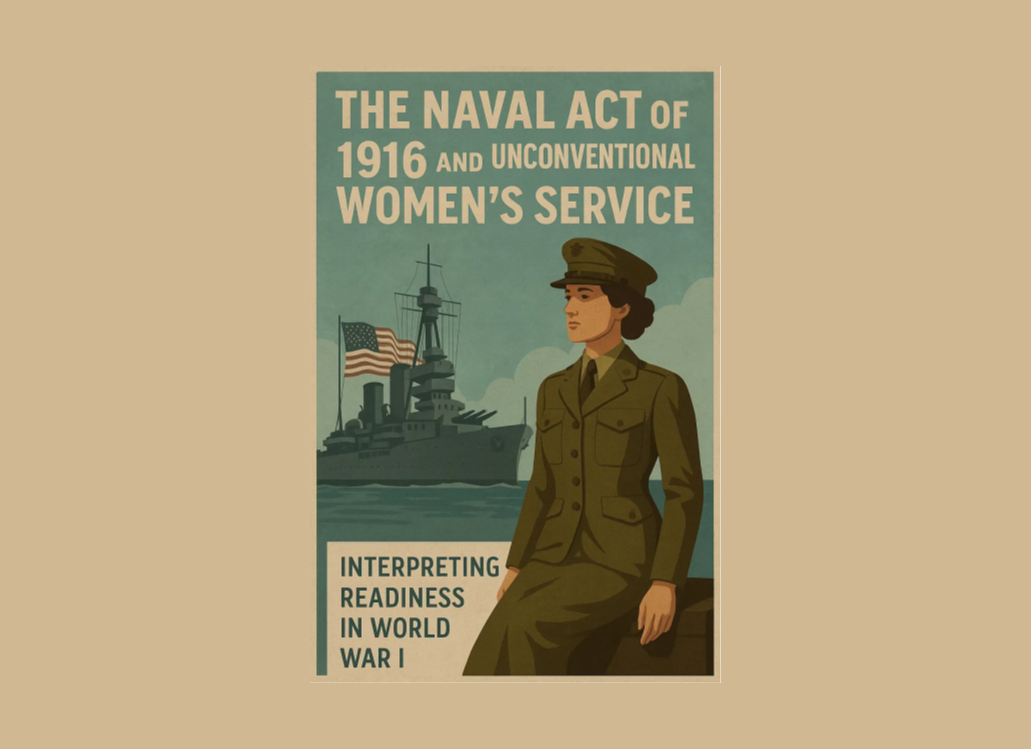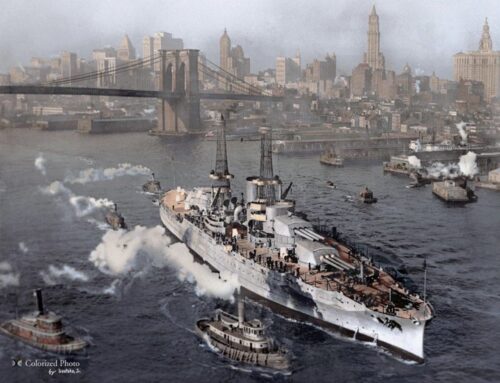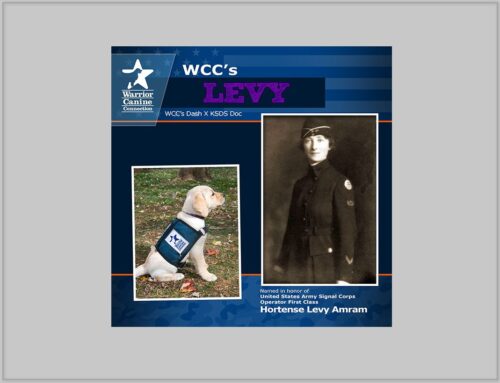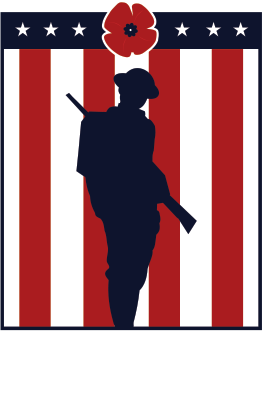Interpreting Readiness: The Naval Act of 1916 and the Women It Didn’t Mean to Include
Published: 30 May 2025
By Linda Scott
via the Medium website

Naval Act of 1916 and Women
In the lead-up to the U.S. entry into World War I, few pieces of legislation were as sweeping as the Naval Act of 1916. Officially titled An Act Making Appropriations for the Naval Service, it aimed to prepare the U.S. Navy for potential involvement in global conflict by expanding its fleet, modernizing armaments, and increasing personnel.
President Wilson declared it as a move to make the U.S. Navy “incomparably the greatest” in the world. Though the President was still aiming for a neutral stance regarding the war in Europe, he wanted to ensure that American shores were safe. It was a declaration of readiness before America had declared war. It would make the United States powerful enough to, hopefully, deter aggressors before a fight was even necessary. It would tell the world that the United States was prepared for anything at any time.
Greater military readiness would come to mean more than dreadnoughts and destroyers. The increase in size of the fleet would require a significant increase in manpower. Not only would it require additional personnel to construct and build ships, but it would also need men to man the rails of these new ships. Even before the United States had officially committed its men to the Great War, the Navy was suffering a manpower shortage that could not be ignored. They needed men now. Without them, the additional navy ships would be useless. In an unexpected move, Secretary of the Navy Josephus Daniels made a quiet, game-changing decision.
A Clause and a Loophole
The Naval Act never explicitly stated that “enlisted personnel” had to be men. When asked whether women could fill the stateside vacancies, Daniels turned to the language in the regulations and found no restriction. It was a technical interpretation, almost bureaucratic in nature, but radical in consequence. When the act was written, the politicians hadn’t even thought about women attempting to take on such roles, so the language was written in a neutral tone. Instead of specifying men for enlistment, the language state “qualified persons.”
It wasn’t feminist idealism or a policy rooted in equality. It was necessity, wrapped in legal language. Yet it marked the first time in American history that women formally enlisted in the United States Military, as not just nurses or auxiliaries, but as full-fledged reservists.
→ Read the entire article on the Medium website.
External Web Site Notice: This page contains information directly presented from an external source. The terms and conditions of this page may not be the same as those of this website. Click here to read the full disclaimer notice for external web sites. Thank you.



